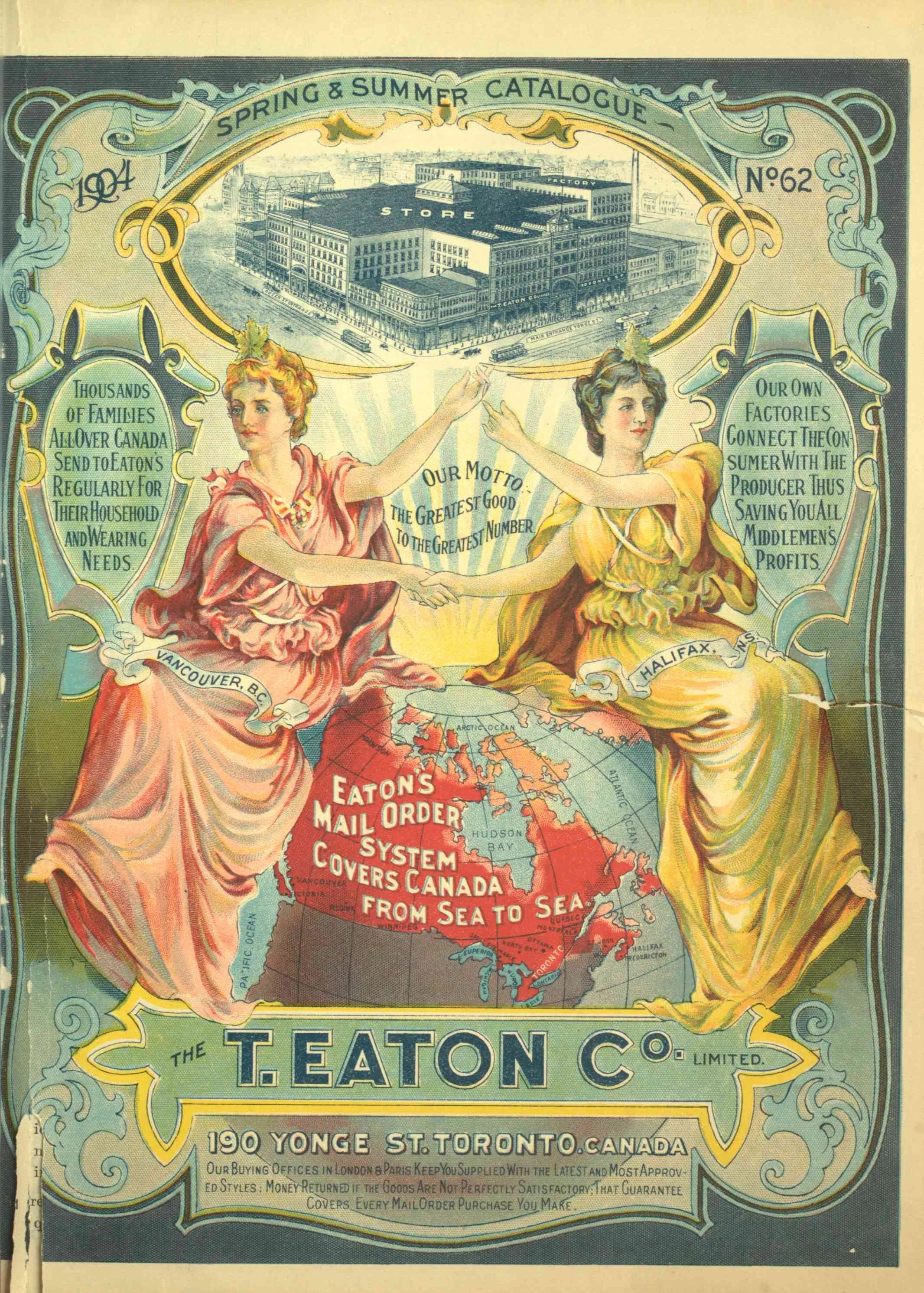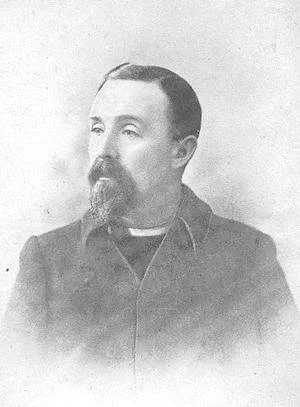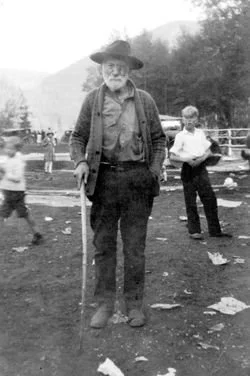To Englishman John (Jack) Green goes the honour of being Savary Island's first permanent resident. After years as a placer miner in the American Southwest, followed by some successful real estate ventures on Vancouver Island, he first set eyes on the island in the Strait of Georgia, northwest of Powell River, as a seagoing trader.
He was 69 when he preempted 160 acres, built a one-room cabin with an equally humble store attached, and erected outbuildings and a cottage on the beach for his Native clientele.
He sold the usual goods and foodstuffs, and fresh pork and mutton from the 300-odd animals he let roam loose on the island. Not to mention, (so police suspected) illicit liquid refreshment on the side.
By the age of 76 he’d prospered; many had seen the cash-box in his store, and a wallet choked with 10-dollar bills.
One of those who saw old Man Green’s treasure resolved to make it his own.
The fascinating tale of murder and lost treasure on Savary Island in next week’s BC Chronicles.
******
PHOTO: Today, Savary Island is a summer vacationer’s dream destination. — www.bcseakayak.com/savary-island/
Read More


















